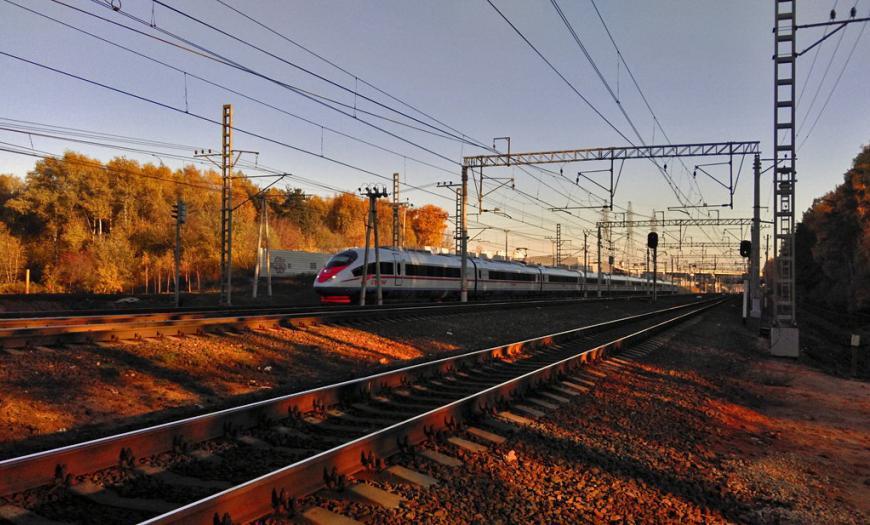On December 30, 1988, the Council of Ministers of the USSR approved the program "High-speed environmentally friendly transport". The development of the project of the high-speed highway St. Petersburg - Moscow (VSM-1) with the active participation of Lengiprotrans became the top priority.
In 1989, the institute began research and a feasibility study (TEO). In the course of this, 5 options for the direction of the route were considered: Western, Eastern, Combined, Dalny, Novgorod. Reconnaissance surveys were carried out at the reference sites.
According to the developed feasibility study, the maximum speed of movement on the new highway was supposed to reach 300 km / h, which would make it possible to move from St. Petersburg to Moscow in 2.5 hours. The safety of transportation on the high-speed rail was ensured by the lack of freight traffic, the interchange at different levels of rail and road transport, and the railroad fencing.
In 1991-1994, the institute carried out exploration work on the selected Novgorod option.
In 1994, the establishment of the right-of-way boundaries along the entire length of the HSM-1 began. They were carried out with the exception of the site within the Valdai National Park. In the 1990s, the country experienced an economic downturn, which affected the decline in freight traffic. In this regard, instead of building a high-speed rail, the existing line St. Petersburg - Moscow was reconstructed with an increase in speed to 200 km / h, which for some time reduced the urgency of building a new highway.
Design of a high-speed highway St. Petersburg - Moscow
Author's department:
Project Status:
Organization of high-speed passenger traffic


